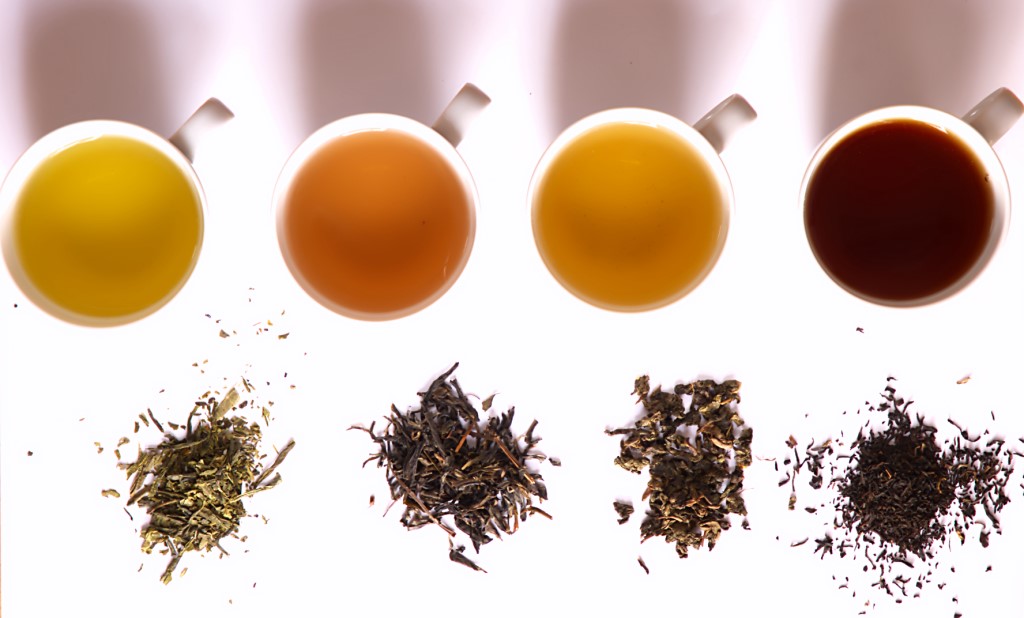Tea is an aromatic beverage commonly prepared by pouring hot or boiling water over cured leaves of the tea plant, Camellia sinensis. After water, tea is the most widely consumed beverage in the world. It has a cooling, slightly bitter, and astringent flavor that many people enjoy. Real tea is derived from a particular plant (Camellia sinensis) and includes only four varieties: green, black, white, and oolong. Anything else (like herbal “tea”) is an infusion of a different plant and isn’t technically tea. Oolong tea is made by allowing the sun to wither and oxidize the tea leaves, after which they are twisted and curled to make the oolong tea leaves. Green tea leaves aren’t left out in the sun for long, so they contain more of the nutrients that you can get from the amazing tea leaves of the Camellia sinensis plant.

Benefits
Antioxidants that can be found in the leaves of both green and oolong teas. The process of oxidizing the plant to make rolled oolong tea leaves removes some of the antioxidants from the leaves, so green tea does contain more of these useful nutrients than oolong tea. However, the comparison is minimal. EGCG is the name of one antioxidant found in green tea, and it is a powerful nutrient that can help to treat cancer, HIV, endometriosis, Chronic fatigue syndrome, and muscular atrophy. It is a polyphenol that helps to fight off cancer and the formation of carcinogens in the body. Catechins are another antioxidant that you can obtain from the green and oolong tea. It has been proven to be effective at preventing strokes and brain damage, reducing muscle fatigue, suppressing pain caused by burns, and reducing the symptoms of Alzheimer’s and Parkinson’s disease. Some other health benefits of tea are:
- Tea can boost exercise endurance. Scientists have found that the catechins (antioxidants) in green tea extract increase the body’s ability to burn fat as fuel, which accounts for improved muscle endurance.
- Drinking tea could help reduce the risk of heart attack. Tea might also help protect against cardiovascular and degenerative diseases.
- The antioxidants in tea might help protect against a boatload of cancers, including breast, colon, colorectal, skin, lung, esophagus, stomach, small intestine, pancreas, liver, ovarian, prostate and oral cancers. But don’t rely solely on tea to keep a healthy body — tea is not a miracle cure, after all. While more studies than not suggest that tea has cancer-fighting benefits, the current research is mixed.
- Tea helps fight free radicals. Tea is high in oxygen radical absorbance capacity (“ORAC” to its friends), which is a fancy way of saying that it helps destroy free radicals (which can damage DNA) in the body. While our bodies are designed to fight free radicals on their own, they’re not 100 percent effective — and since damage from these radical oxygen ninjas has been linked to cancer, heart disease and neurological degeneration, we’ll take all the help we can get.
- Tea is hydrating to the body (even despite the caffeine!).
- Drinking tea is linked with a lower risk of Parkinson’s disease. When considered with other factors like smoking, physical activity, age and body mass index, regular tea drinking was associated with a lowered risk of Parkinson’s disease in both men and women.
- Tea might provide protection from ultraviolet rays. We know it’s important to limit exposure to UV rays, and we all know what it’s like to feel the burn. The good news is that green tea may act as a back-up sunscreen.
- Tea could keep waist circumference in check. In one study, participants who regularly consumed hot tea had lower waist circumference and lower BMI than non-consuming participants. Scientists speculate that regular tea drinking lowers the risk of metabolic syndrome (which increases the risk of diabetes, artery disease and stroke), although it’s important to remember that correlation does not equal causation.
- Regular tea drinking might also counteract some of the negative effects of smoking and might even lessen the risk of lung cancer (good news, obviously, but not a justification for cigs).
- Tea could be beneficial to people with Type 2 diabetes. Studies suggest that compounds in green tea could help diabetics better process sugars.
- Tea can help the body recover from radiation. One study found that tea helped protect against cellular degeneration upon exposure to radiation, while another found that tea can help skin bounce back postexposure.
- Green tea has been found to improve bone mineral density and strength.
- Tea might be an effective agent in the prevention and treatment of neurological diseases, especially degenerative diseases (think Alzheimer’s). While many factors influence brain health, polyphenols in green tea may help maintain the parts of the brain that regulate learning and memory.
Drawbacks
All tea drinks are not created equal. The body’s access to the content of tea might be determined by the tea variety, canning and processing, and the way it was brewed. Here are some problems that can be caused by excessive drinking of tea:
- There is evidence that over-intake of teas produced using mature leaves or a combination of mature and young can cause fluorosis in humans.
- Tea drinking accounts for a high proportion of aluminum in the human diet. The levels are safe, but there has been some concern that aluminum traces may be associated with Alzheimer’s disease.
- The caffeine in tea is a mild diuretic.
- Over consumption of which can cause kidney stones.
- The limited available evidence suggests that drinking a beverage at very high temperature increases the risk of esophageal cancer.
So if you haven’t had any today, go make some of that good stuff and enjoy.